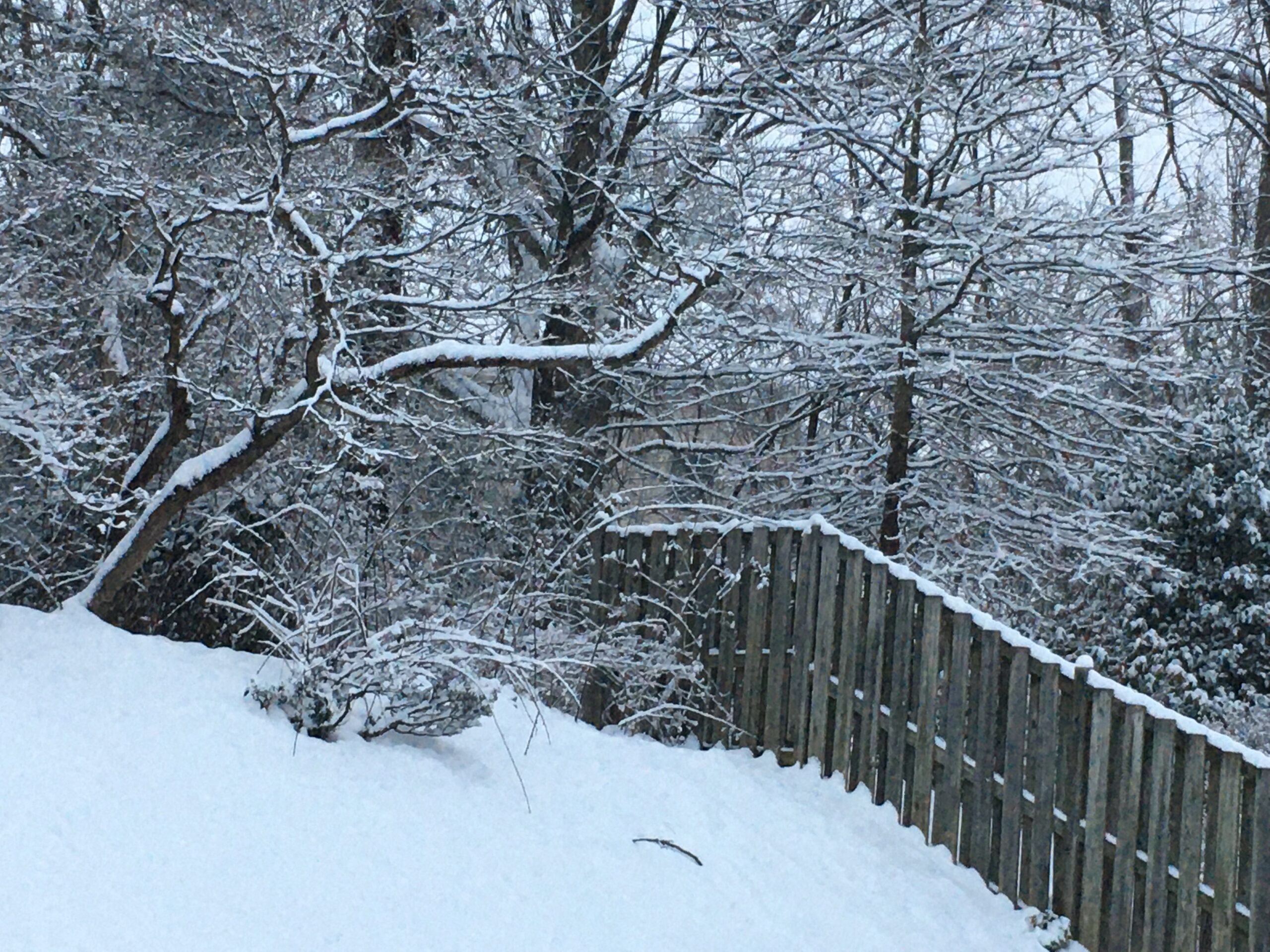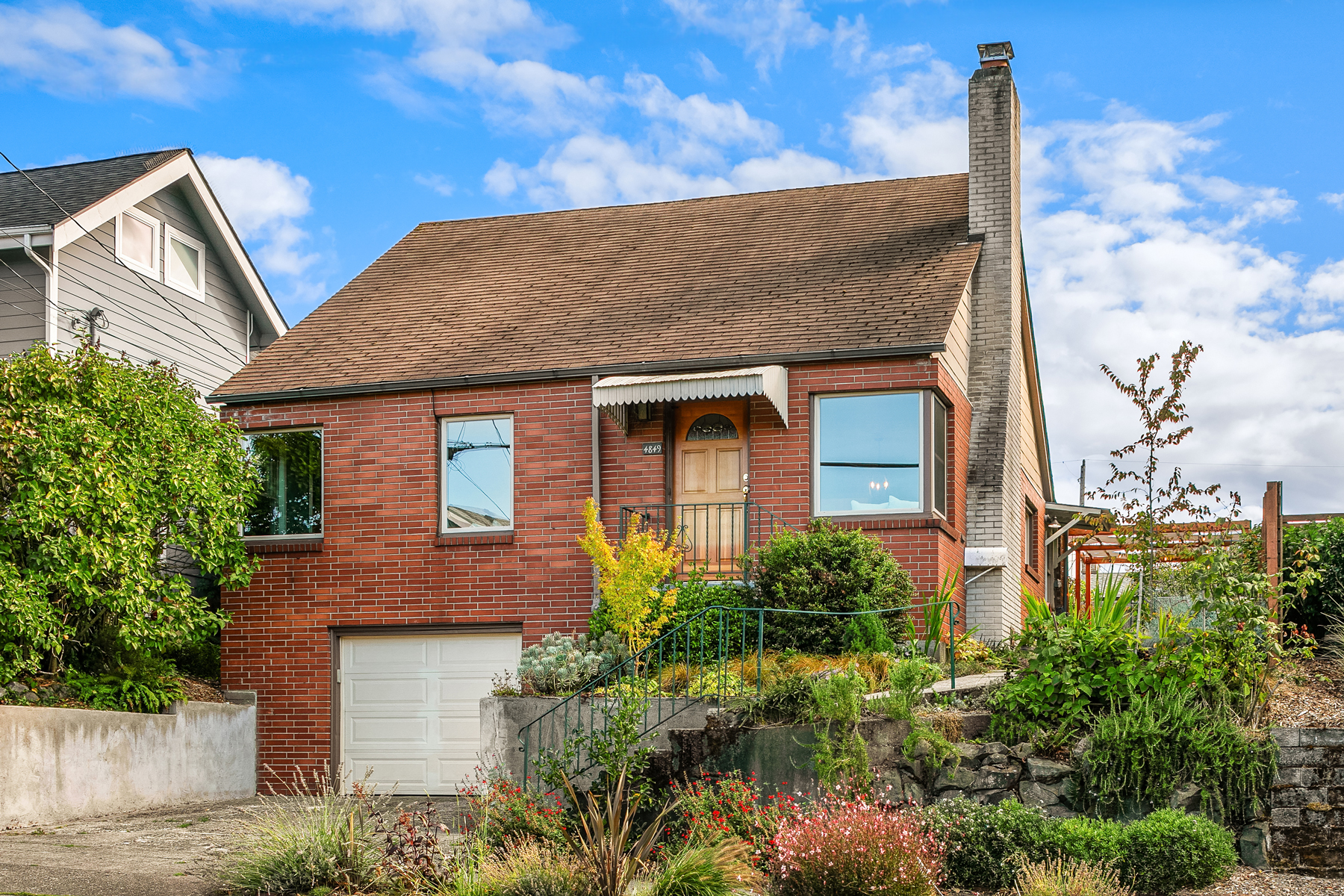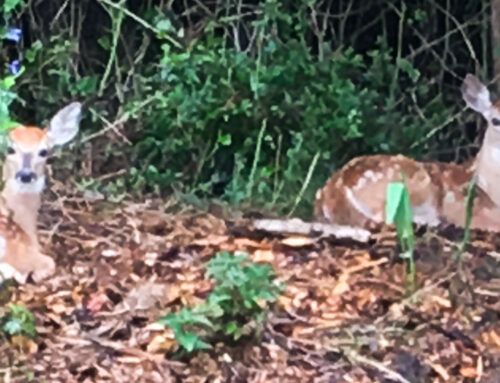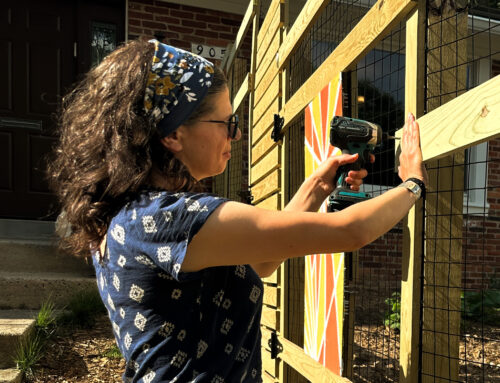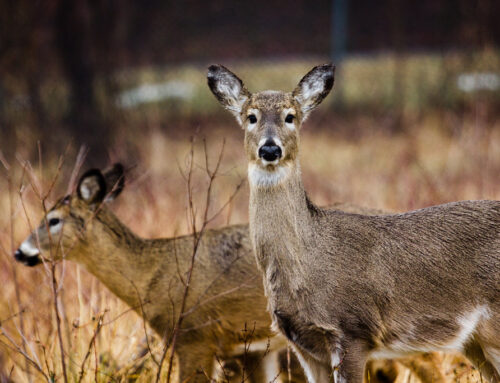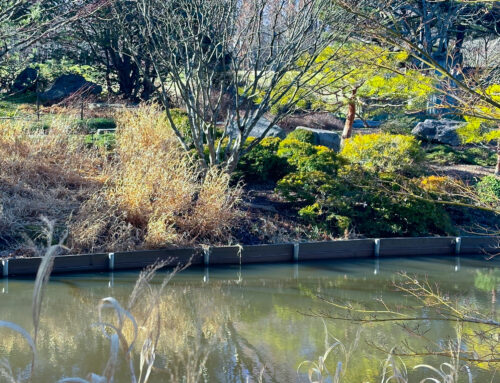בְּנ֥וּ בָתִּ֖ים וְשֵׁ֑בוּ וְנִטְע֣וּ גַנּ֔וֹת וְאִכְל֖וּ אֶת־פִּרְיָֽן׃
Build houses and live in them, plant gardens and eat their fruit.
Jeremiah 29:5
When the prophet Jeremiah sent a letter to the people of Judea, newly exiled to Babylonia, he did not encourage them by promising a rapid return to their homeland. He did not tell them to fight to return, to lobby their new government, or even to pray for a miracle. Instead, he told them to do what probably seemed impossible, to accept their fate and to move on, for this generation, and yes, the next one too. Do not, he told them, live with your bags packed in anticipation of redemption. Rather, build houses in this exile, build families and plant gardens. Plant, not only herb gardens, or vegetable gardens, easily grown and dug under at the end of a growing season, but rather gardens intended for the production of fruit, requiring long term planning and years of labor.
I can easily imagine this being a very hard task to face. This past summer, we left our home in Seattle (see above photo) where we joyfully built, planted and developed roots for 8 years. I miss the garden there. We invested so much labor and love into it. As we left it was finally bearing fruit, literally, in the case of the plum and the cherry trees, but also in the sense that it had finally become the space we wanted it to be. It was an extension of our home – our summer dining room, the best sort of playroom, a pleasant riot of color and texture, and a source of strawberries, herbs and greens. I finally had a garden I was truly proud of. Now, in our new home in Maryland, we needed to start all over again. The new garden was, when we first encountered it, more of less, a blank slate – a wide expanse of lawn with some mature trees mixed in. I did what I could before winter set in and planted a swath of perennials, hopefully the ones the deer and the groundhogs are less likely to devour, and I am waiting impatiently for spring.
I find myself beset by competing temptations. One is to hurry this process, to throw together a giant and very expensive plant order to make this house what I want it to be as quickly as possible. This in the hopes of quickly mending the hole in my heart where the absence of my old garden is lurking. On the other hand, I am afraid to invest, after all, who knows where we will be in 9 years? Will I simply leave another garden behind?
So when my ancestors planted their gardens in exile, I am sure they wept. I am sure they stared about them and found it hard to believe the seeds and seedlings would one day be much of anything. I have a feeling they felt little faith that they would be there to see the fruit develop. Who knew how long they would stay? I imagine, in the beginning at least, they did not particularly want to stay. Gradually over time, they got comfortable, the trees grew, the fruit was plentiful, and a new place became home, or something like it. I imagine, even then, they understood exile would not be an isolated incident, and only God could foretell when one chapter was to end and the next one would begin.
Jeremiah doesn’t tell them to forget, or to be content, but rather to act as though they have moved on. As in all things, taking action, even when you don’t feel like it, is the best way forward. Eventually you get pleasantly lost in the task of building, planting and bringing life to a new land. The anticipation of what your labor will bring is the energy that heals. The key to our survival as a people was not just our eternal connection to the land promised to our ancestors, but also, and perhaps more importantly, the ability to settle into each way station and make the most of it.
So I impatiently anticipate spring. I await the daffodils poking out of cold earth and the cascade of changes that follows. Yet, I know the answer is neither to flood this plot of land with a quick installation of plants, nor to hold off indefinitely in fear of being uprooted yet again. The answer is to plant, and see how the plants interact with the particular soil and conditions in this particular plot of land, and as I see how things do, to plant some more. Eventually there will be plants to divide and things will spread. Some things won’t make it and I’ll learn and grow other things other ways. Eventually this bit of earth I am privileged to inhabit. will become more of what I want it to be, but it will always change, with time, with seasons, with weather patterns. .
In the meantime, it is best to plant for all seasons and to anticipate every month as its own chapter in the adventure of colors, textures and light. I take a moment this winter to imagine not only the bright colors of spring, but also the muted tones of my winter garden as I’d like it to be. I think of the elements that will make it worth exploring even in January next year. I’d like to see grasses ablaze in the low winter sun, colorful branches brightening dark spaces, and evergreen leaves offering structure and shades of chartreuse, emerald and burgandy. I’d like to see some splashes of red berries, and the pinks and yellows of winter blooming plants. I dream of persistent seed heads blowing in the breeze offering gems to wonder at in January, and stalks left standing for birds and other creatures. I remember gardens I loved in Seattle, and I keep an eye out for new inspiration.
Who knows how long of a chapter I have in this home, best to make the most of it!
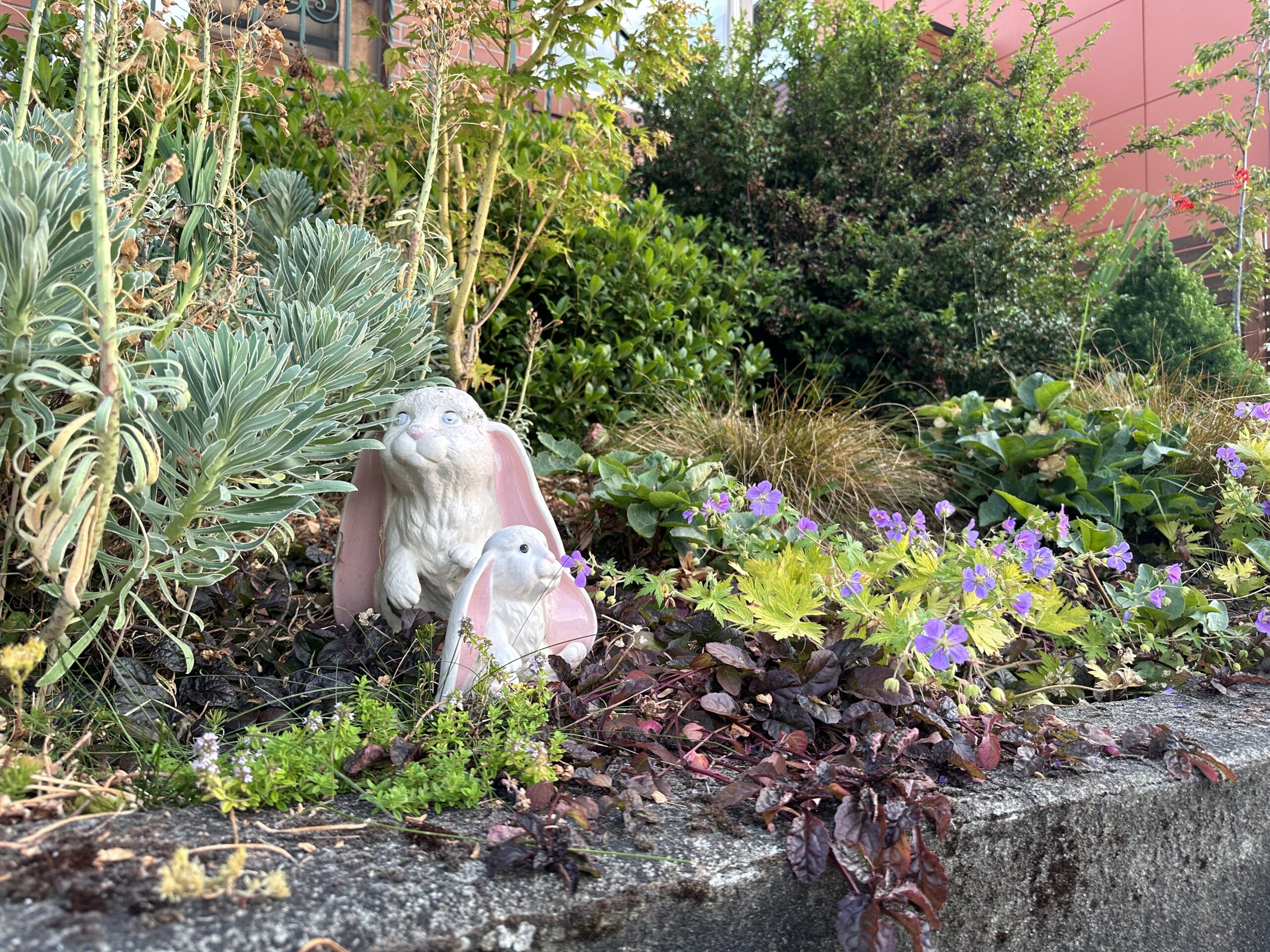
Foliage and Rabbits - Seattle
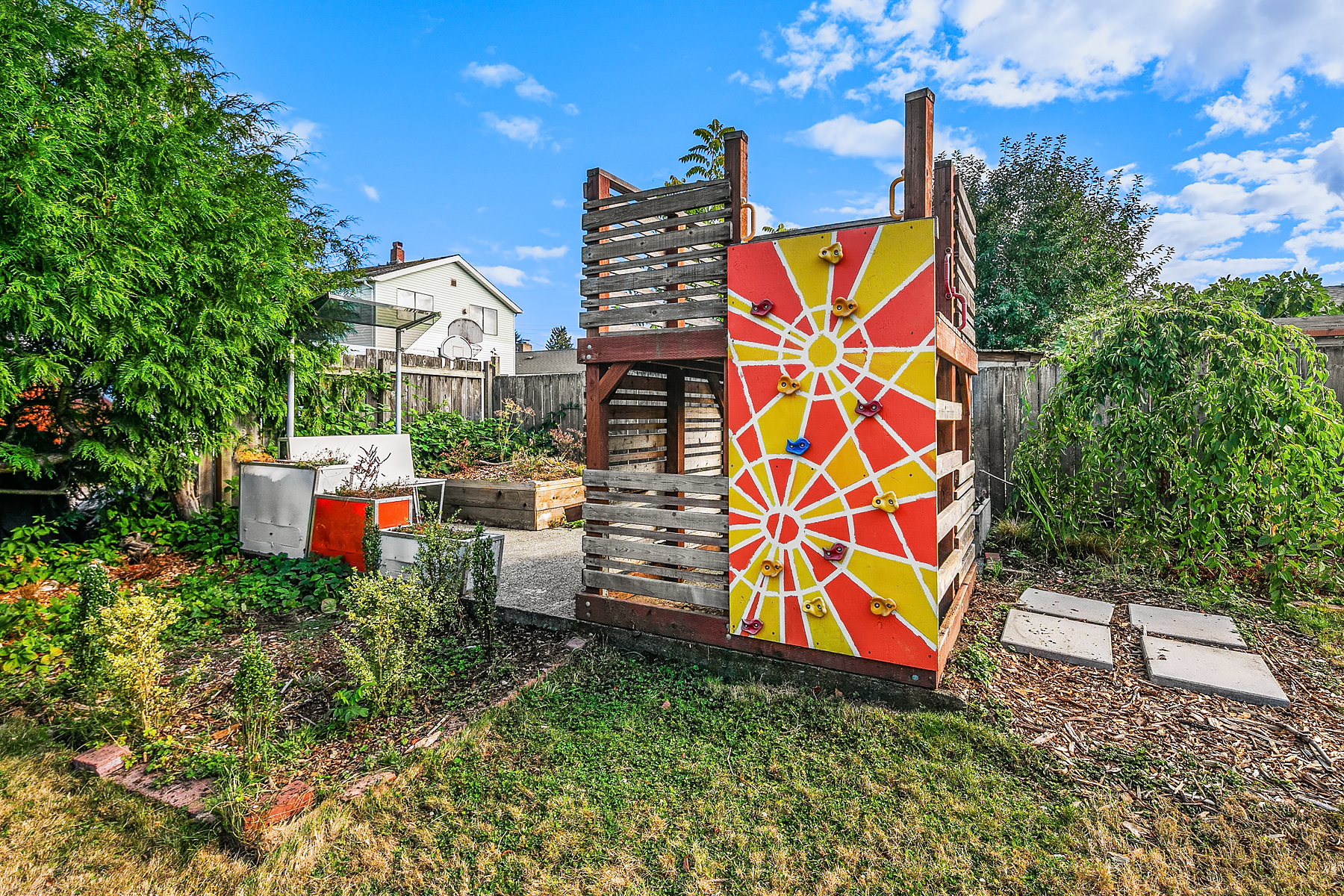
Play Structure - Designed and Built 2018
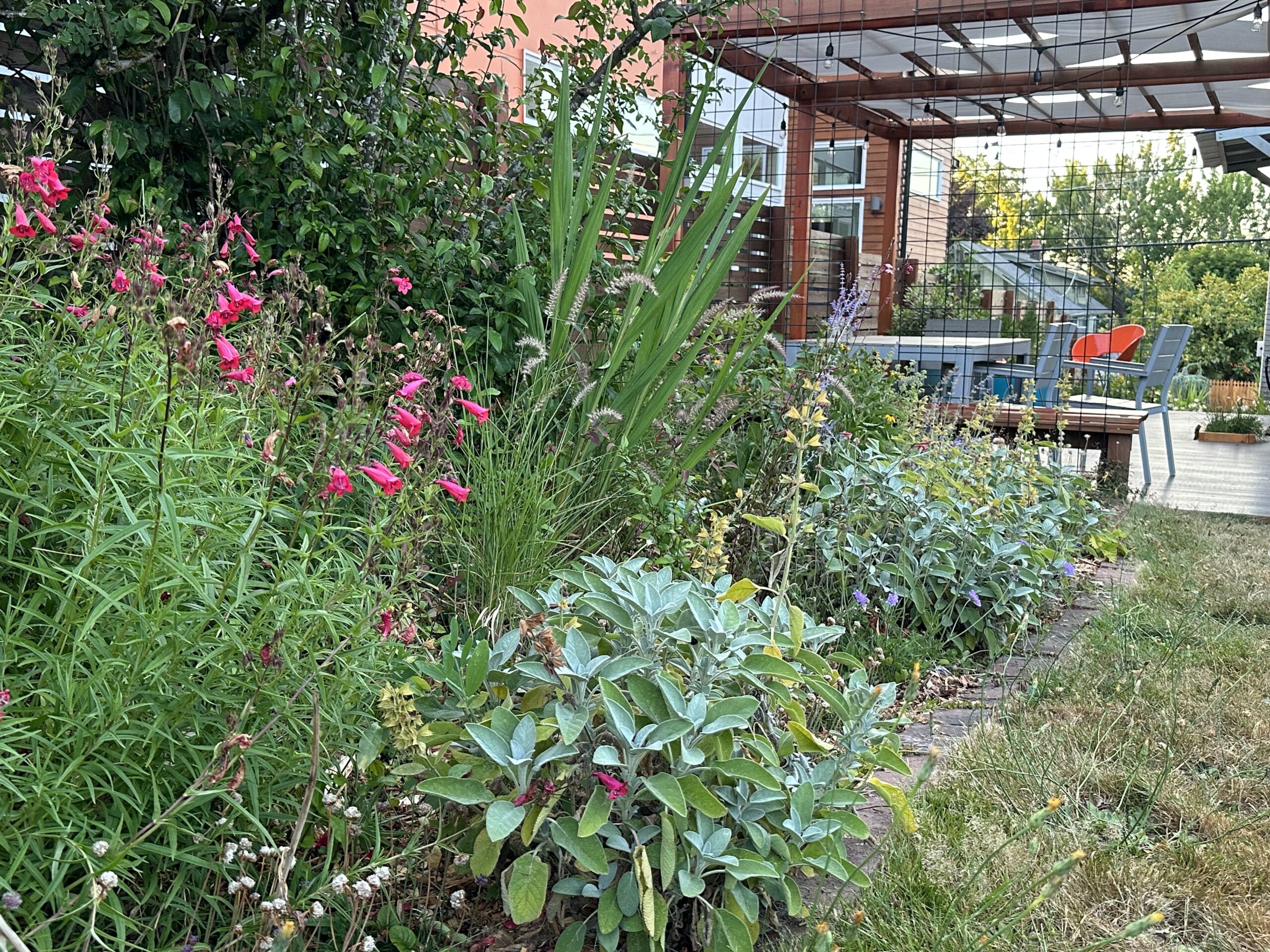
A Haven - Seattle Summer 2023
